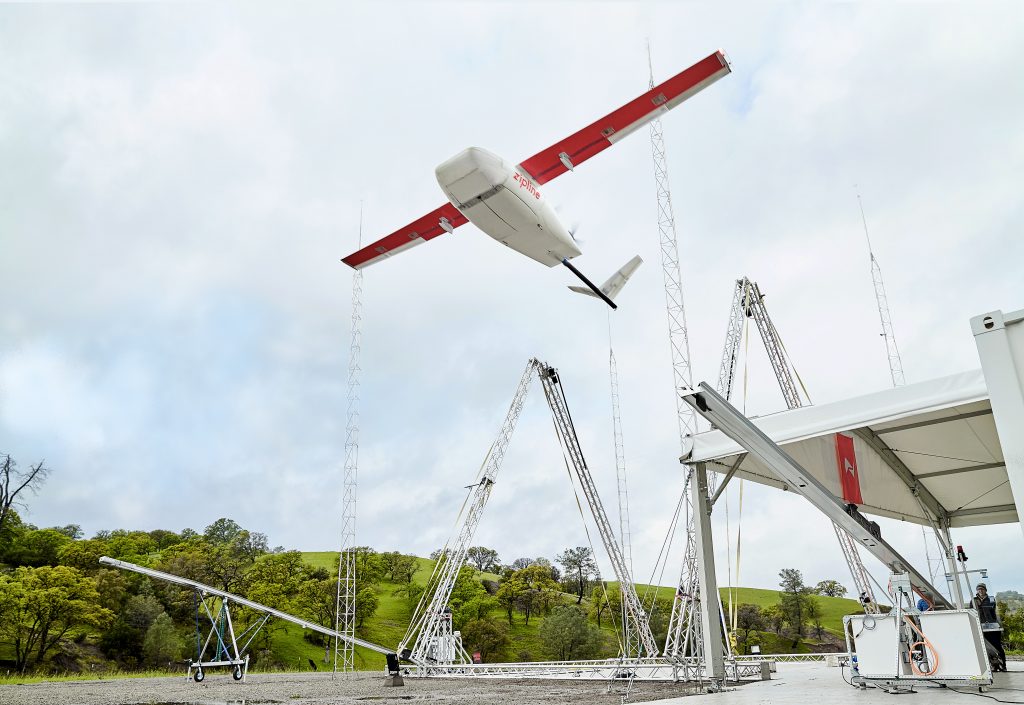Picture this: you wake up in the morning, your head is aching and your muscles feel sore. “Oh no, I must have the flu” you think, pull out your phone and call up your doctor. The doctor prescribes you flu medicine and orders you to stay at home, after all, the flu is highly contagious. You go online, order the medicine at the closest pharmacy, and an hour later a bike courier delivers it on your doorstep.
So what’s so special about that? Nothing really, at least in most urban areas. Living in Rotterdam, the next supermarket or pharmacy is probably just a 10-minute walk away from your apartment, and the scenario above probably sounds like a reality rather than a futuristic invention. But now imagine you wake up in Ghana, the middle of Australia, or any other underdeveloped rural area instead. The next pharmacy might be hours away, the streets are too rough for a bike courier, and thus urgent delivery of drugs is extremely expensive. Approximately half of the world’s population live in such rural conditions and, even though telemedicine is changing the quality and reach of healthcare services, they are unable to enjoy instant drug delivery. The WHO (2020) estimates that 5 million children die per year of preventable and treatable causes due to the lack and untimely delivery of medical supplies.
Enter Zipline, a last-mile logistics company that employs autonomous aircraft to bring instant delivery even to the most rural parts of the world. Patients and healthcare centers can order a vast variety of medical supplies online, or simply by sending a text to the Zipline team. The order is then prepared at a fulfillment center, packaged, and loaded onto one of the autonomous ‘planes’. The electric aircraft is then placed onto a ramp and catapulted into the air (see the picture below). After that, it autonomously flies to the designated drop-off zone, where it opens a hatch and drops the package equipped with a small parachute. Upon returning, the aircraft is caught by a ‘landing net’, picked up by an employee, and prepared for the next delivery.

This innovative mode of delivery enables Zipline to serve more than 1,600 health facilities from their testing site in Ghana and deliver urgent supplies ten times faster and with 40% fewer costs compared to traditional transport methods (Freethink, 2022). In doing so, they revolutionize healthcare services in the region and enable timely access to medical supplies for roughly 25 million people. The beauty of the technology is its scalability. While traditional delivery methods such as cars and trucks are limited to existing infrastructure, over-the-air delivery can operate under (almost) any conditions for a fraction of the cost. The concept is so promising that Zipline entered a cooperation with Walmart to implement instant delivery in rural parts of the United States.
While the positive impact of Zipline is clear in the rural testing areas, I’m curious about what you think about the impact the technology could have on your life. Make sure to leave a comment!
(Also, if you want to find out more about Zipline, make sure to check out the video below)
References
WHO. (2020, September 9). Children: Improving Survival and Well-being. Retrieved October 11, 2022, from https://www.who.int/news-room/fact-sheets/detail/children-reducing-mortality
Freethink. (2022, February 25). Instant Delivery for Everyone on Earth. Retrieved October 11, 2022, from https://www.freethink.com/technology/last-mile-logistics



